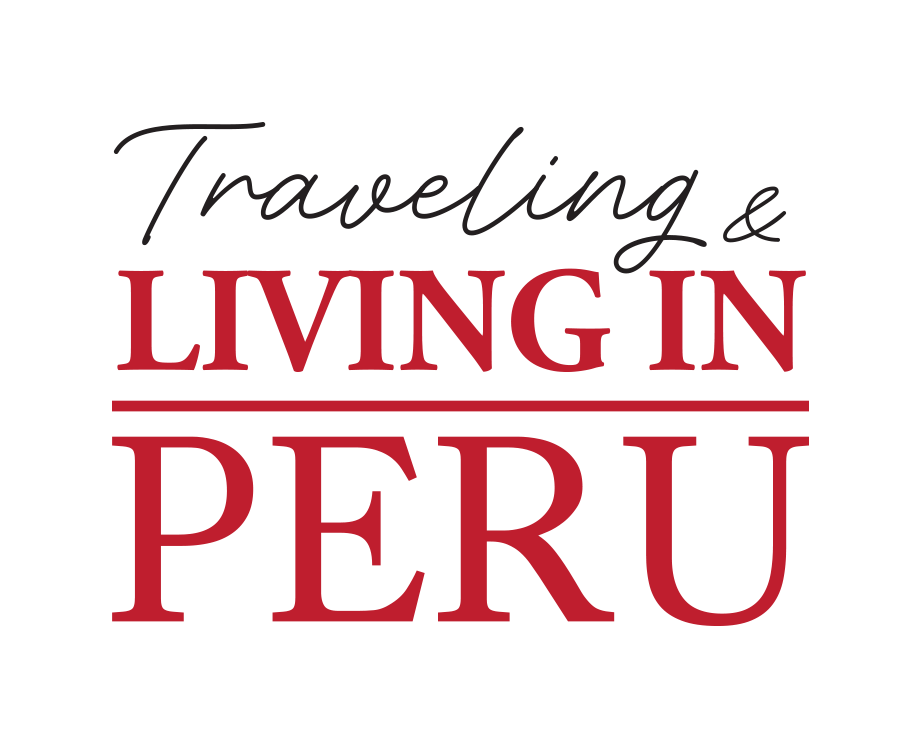The Quimsachata Research and Production Center (CIP) in Puno works to preserve and optimize the various genetic variations of alpacas, as well as increase its population.
The research center is located at an elevation of 4,200 meters above sea level in southern Puno, between the provinces of Lampa and San Ramon. Here, next to the Saracocha lake, alpacas and other camelids have sustained the harsh Andean winter weather for decades. However, the center is now using biotechnology to breed camelids resistant to climate change.
Additionally, the center conducts genetic improvement research in order to optimize the species for fiber and meat production. There are two Alpaca breeds: Huacaya and Suri, and between the two breeds there are 22 natural colors. The research center counts on a valuable germplasm bank, the biggest in the world, containing 20 of these alpaca color variations.
Technicians from the National Institute of Agrarian Innovation (INIA) are in charge of this breeding program in Puno in which insemination and embryo transfers, among other mechanisms, are used. Not only do they work with alpacas but also llamas, vicuñas and guanacos.
Along with genetic research, another important focus is training alpaca breeders to track and monitor their herd through production calendars. This will allow breeders to tackle fertility issues, diagnose new diseases, and properly manage the grassland to feed their herds appropriately.
Source: Andina
Cover photo: Andina


